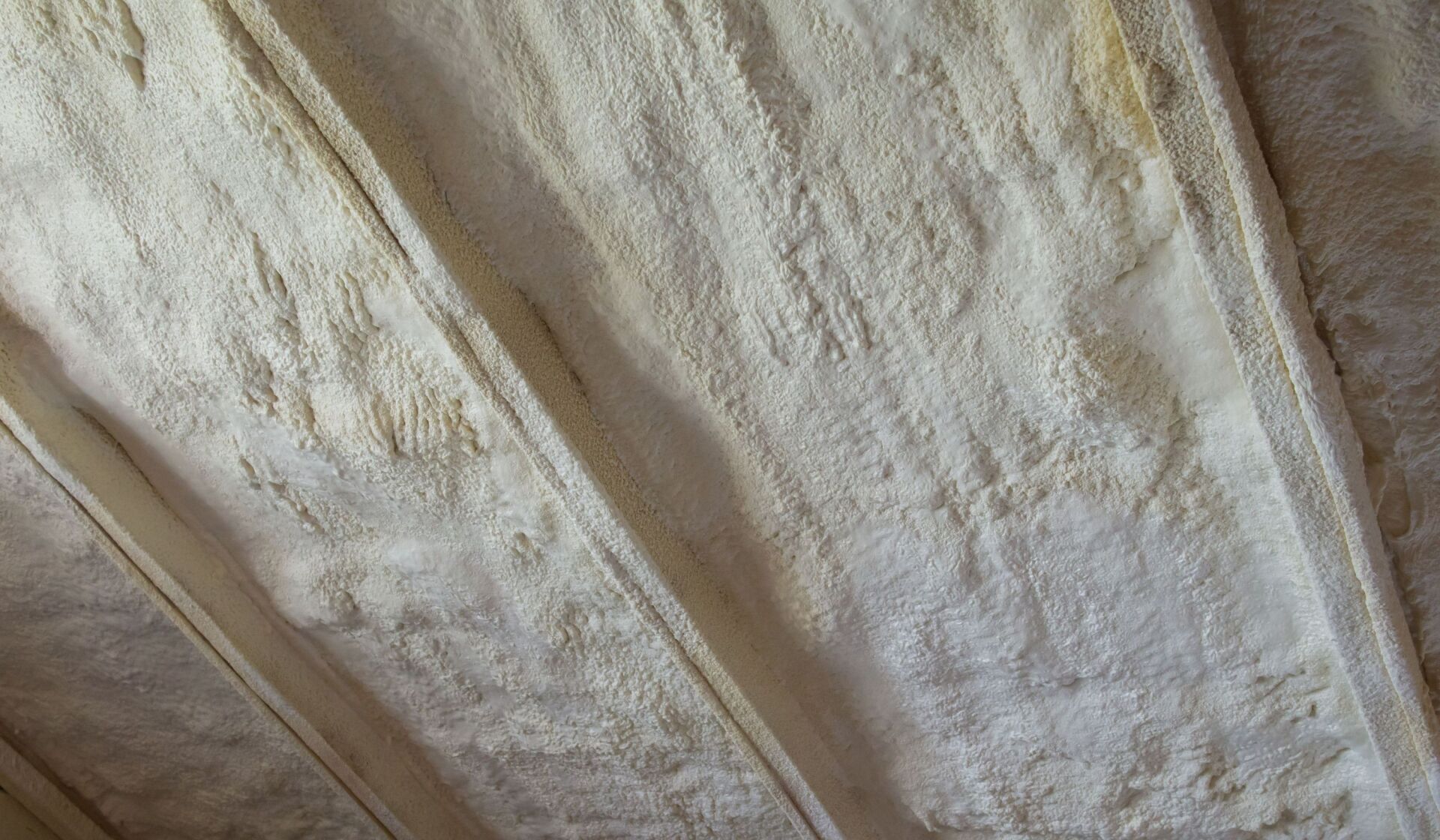What Are The Problems Caused By Inadequate Spray Foam Insulation?
Are you experiencing high energy bills, uncomfortable temperature changes in your home, and unwanted noise pollution? The culprit might be inadequate spray foam insulation. While many homeowners overlook the importance of proper insulation, it plays a crucial role in maintaining a comfortable living environment while reducing energy costs. In this blog post, we'll explore the problems caused by insufficient spray foam insulation and how to fix them before they become costly issues down the road. So sit back, and let's dive into the world of spray foam insulation!

Problems Caused by Inadequate Spray Foam Insulation
Heat loss and energy inefficiency
Spray foam insulation is designed to provide a barrier against heat transfer, but it can allow heat to escape if it is not properly installed or maintained. Several problems can be caused by inadequate spray foam insulation, including heat loss and energy inefficiency. This can cause increased energy bills and a less comfortable home. In addition, poorly insulated homes are more susceptible to condensation and mold growth.
Drafts and uncomfortable temperatures
If your home is not properly insulated, drafts and uncomfortable temperatures are inevitable. Here are some of the problems that can be caused by inadequate spray foam insulation:
- Your energy bills will be higher than necessary because your home will lose heat through uninsulated areas.
- You may experience condensation and moisture problems because warm air can escape from your home, causing the formation of mold and mildew.
- Your home will be less comfortable overall, as drafts and cold spots make it difficult to maintain a consistent temperature.
Spray foam insulation is the ideal method to ensure your home is properly insulated against drafts and uncomfortable temperatures. If you're concerned about any of the abovementioned problems, contact a professional insulation contractor to discuss your options.
Mold growth and allergen problems
Mold and mildew thrive in warm, moist environments. Poorly insulated homes are more likely to have mold growth due to the increased moisture levels inside the home. In addition, poor insulation can lead to condensation on surfaces, which can also promote mold growth. Mold is unsightly and smelly and can also be dangerous for people with allergies or respiratory problems.
Non-environmental Consequences Of Inadequate Spray Foam Insulation
There are many non-environmental consequences of inadequate spray foam insulation. For example, poor insulation can lead to higher energy bills, as heat is lost more easily through uninsulated areas. In extreme cases, insufficient insulation can even cause structural damage to a building, as heat loss weakens the materials. Finally, poorly insulated buildings are often drafty and uncomfortable, making them unpleasant places to live or work in.
Conclusion
Inadequate
spray foam insulation can create various problems for your home, from moisture and air infiltration to energy loss and structural damage. While DIY installation may be tempting, it is important to ensure that your insulation meets all safety standards to prevent any potential issues. If you are unsure how much or what type of insulation is best for your place, it's always best to consult a professional who can advise you on the most cost-effective solution for your needs.
